Sometime in the 1980s, skateboarders began a creative collaboration with the multileveled environment of Philadelphia’s John F. Kennedy Plaza, known for its iconic Robert Indiana sculpture as LOVE Park. Grinding, jumping, and sliding through its architecture for the decades since, street skateboarding evolved at the legendary spot until the city began renovations in February 2016. These were marked by the demolitions, in particular, of areas that were skated most, effectively destroying the aspects of the city center that drew skateboarders to it. It was the lead-up to the destruction of such a landmark that led photographer Jonathan Rentschler to his first photo book, LOVE, released last year with Paradigm Publishing.
The book conveys that “there was some really gritty shit there, and you missed seeing what was happening,” said literature-loving pro skateboarder Mark Suciu, who wrote the book’s foreword. From earlier eras defined by the crisp East Coast aesthetic of Ricky Oyola and the Sub Zero crew to later technical wizardry from the likes of Stevie Williams and Josh Kalis to a period in the 2000s where skateboarding was banned from the park entirely, the journey to LOVE’s demise was as meandering as it was tragic. Within the last five years, a new generation of skaters found their way back to the park, and it was during this resurgence that Rentschler made his documentary record—demolition included. We spoke to the photographer about what made capturing the essence and the end of LOVE Park so special.
Videos by VICE
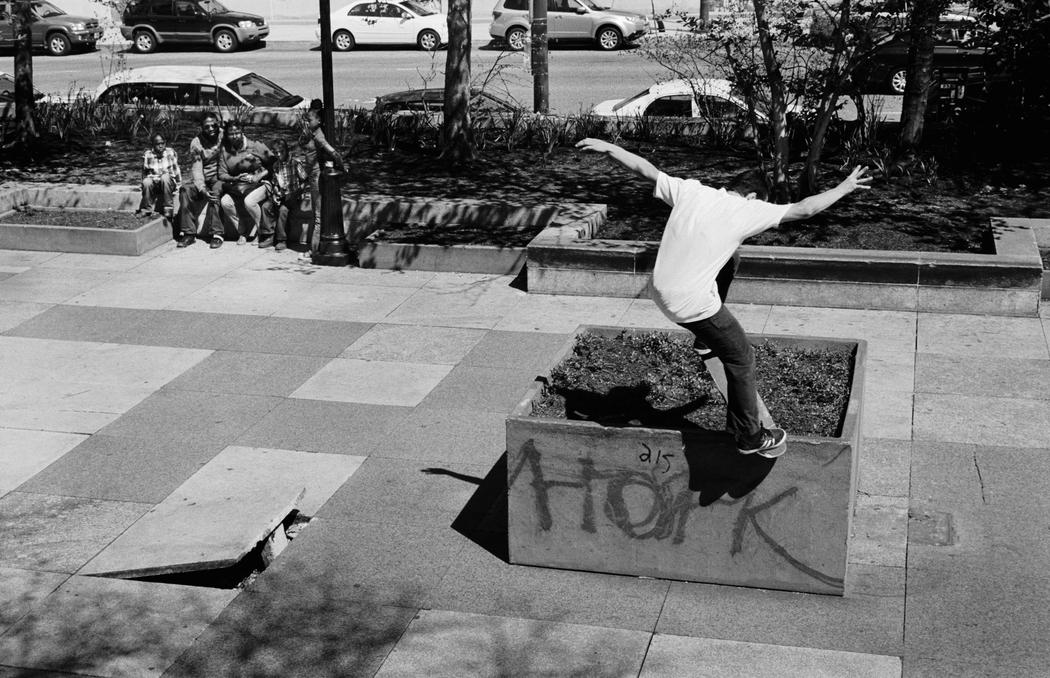
VICE: In your photos, I see people from different races and different classes skating, filming, and hanging out together. What does the end of LOVE Park mean for Philly?
Jonathan Rentschler: It was really unique in that there’s a lot of shit going on in the United States and all over the world as far as race, but at LOVE nobody cared about that kind of stuff. We were all there together, and it was a real community and a brotherhood. I think that the city getting rid of that plaza and that type of atmosphere… They never realized how important that place was. It’s a real shame, especially for a lot of the kids that were there. They were real city kids. A lot of them come from broken homes, and skateboarding is an outlet for them to stay away from bad stuff, and the city didn’t realize the potential of that place.
What kinds of people came to LOVE Park?
I mean, it was such a variety. Of course the skateboarders were there everyday throughout the day. Homeless people were there all the time. Tourists were always coming through because of the sign. Police would come through. During the week, there were two police officers that were stationed there, so they were always there. School kids were always coming through. Also, because of its central location, there were a lot of business people coming by eating lunch there and walking through on their way home from work or whatever. It was such a mixture of people.
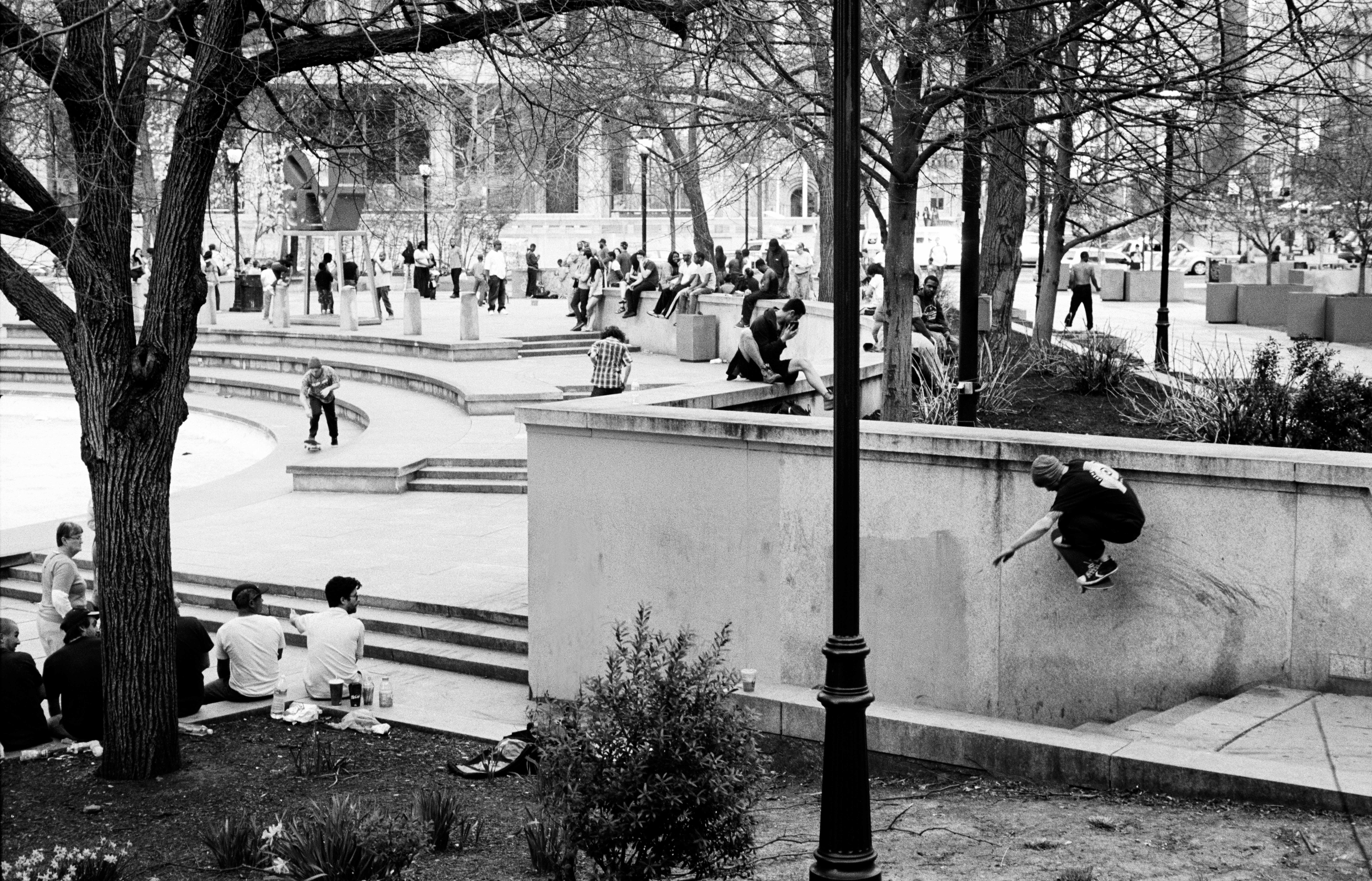
Since the skaters were a constant, were they always trying to figure out a way to skate through all the other people there?
I would say that the majority of the other groups that were coming through LOVE weren’t spending the time that the skateboarders were. As long as the police weren’t there, we would be there all day, all night, whenever. I feel like most of the other groups, like tourists, would come for a couple minutes, take their photos in front of the [LOVE] sign, and continue onto the parkway. Business people would eat their lunch there, and they would leave. The only other group who was there like we were were the homeless people, and that’s why we clicked with a lot of them and made friends. We would see them every day.

Were there a lot of fights?
Fights were a common occurrence at LOVE. They were mostly between the homeless, and I can only guess they were over drugs, territory, or just because they were intoxicated. Fights involving skaters were mostly over shit-talking or a board shooting out and hitting someone. One time, a super intoxicated wedding party of bros came to LOVE to take pictures in front of the LOVE sign. I’m not sure what set it off, but basically a riot broke out between all the skaters and the entire wedding party. It was a wild sight.
Can you tell me about the day-to-day of the drug dealers who frequented LOVE Park?
Most of the drug dealers there were selling the hard stuff and preying on the homeless. Sure there were some around selling just weed, but for the most part they were dangerous people. The police completely disregarded them since they were more interested in chasing skaters. In all the time I spent there, I never saw any of the dealers get busted. They sort of faded out a bit when K2 came on the scene. Since K2 was cheap and legal, it became a popular drug with the homeless. I never saw so many people lose their minds and overdose. It was an everyday thing.

When you started documenting LOVE Park, how did people respond?
I mean, I was there for so long, and I’m a little bit older than most of the people that were hanging out there, so people expected me to be there and have my camera on me. It was completely normal; they almost didn’t even realize I was taking photos half the time, unless something really wild was going on. But after a few years, people started to be curious as to what I was going to do with the images, like, “Oh, you’re going to make a blog or something like that?” or “What are you going to do?” They couldn’t see the bigger picture, that this stuff is really important. I think they think it is, too. To make a book, that’s the holy grail of being a photographer—to get something printed and bound in an old school and traditional way.
Over time, did you notice yourself growing as a photographer?
I only started really getting into photography in early 2013. By the end of the year, I was already shooting at LOVE pretty often. So the first year or so, you can tell the difference between the most recent stuff of LOVE, and then in the technical aspects of how to use film camera—how to expose properly, focus, and all that stuff. Then, I taught myself about photography and the legends of documentary photography. As I learned more and had a broader view of it, I think it changed my view and my ability to shoot photographs. There’s definitely a progression through the book. I think you can see a progression in style, and having a more thorough voice.
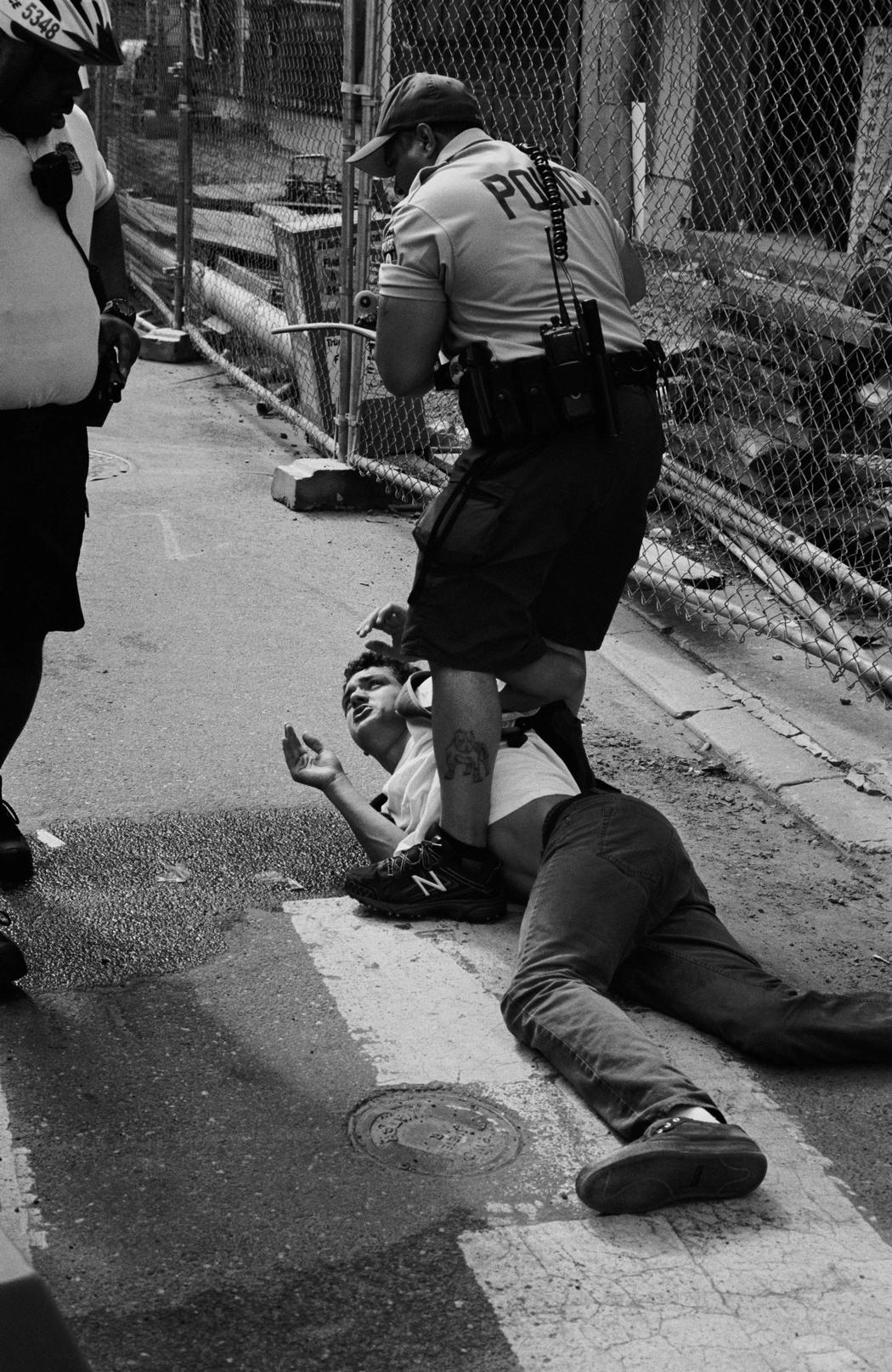
Compositionally, were there choices you made to distinguish a skate photo from a documentary shot?
When I would take a skate photo, it wouldn’t be like somebody hitting me up, being like “Yo, I want to shoot this photo of this trick.” But for me it would be more or less, OK, this trick is happening right now, this person is doing this trick, and there’s a lot of other stuff going on around it. I always thought it was interesting because LOVE was a big plaza with a lot of different things going on in small areas. With the photos in the book, I wanted to show what else was going on, besides the tricks.
Tell me about the influence of outsiders like Ishod Wair and Mark Suciu giving attention to Philly.
Well, Ishod’s from New Jersey, but not far outside of Philadelphia, so as his career took off, he eventually did move to Philly, and then was just kind of skating LOVE because he was a local. Definitely in the progression of his career, and him coming into the spotlight, it helped put more of a shine back onto LOVE. Not that footage wasn’t already being seen there, but it definitely helped push it to another level. Then, Mark coming to Philadelphia definitely helped with exposure. But at the end of the day, there was skating going on there all the time, and it really comes down to the locals—especially the Sabotage crew, Brian Panebianco, Ryan Higgins, and all those dudes making LOVE skateable and showing these other people, “Yeah we’re still skating this place, and it’s still possible. Let’s remove these wooden benches that are in front of all the ledges. Let’s move a fucking planter out of the way. Let’s bondo ledges. Let’s move a cracked tile out of the way and put it somewhere else where it’s not going to be in the way of skating.” So they worked together. It was almost like a collaborative push to get LOVE back on the map like that.
What can you say about Edmund Bacon and Vincent Kling, the planner and the architect, respectively, involved in creating LOVE Park?
It was initially Edmund Bacon’s idea to put a park at the end of the Benjamin Franklin Parkway, adjacent to City Hall. It wasn’t until he became the city planner for Philadelphia that he was able to make this a reality. Vincent Kling was the architect who designed LOVE Park. Kling also designed Dilworth Plaza, a.k.a., “City Hall,” and Thomas Paine Plaza, a.k.a., “Muni.” These three plazas were, without a doubt, some of the best skate spots in the entire country for a long time, and they were all within a one block distance of each other, making Philadelphia one of the best places in the world for skateboarding. A trifecta.
Over the years, as these plazas became world famous for skating, Bacon and Kling, in their old age, became pro-skating. They were able to understand how important their work was to youth culture, and how skating made it transcend beyond anything they could have ever imagined when originally designing it—something city council could never understand. The city council’s action to outlaw skating and renovate LOVE pushed Bacon to protest by skating through LOVE in the presence of police. He was in his 90s when he did this, so it is clear he was passionate about the cause. With LOVE and Dilworth now renovated and gone, Muni is the only original Kling plaza left, but I’m sure it’s next on the list for the city to bulldoze.
Your photos of the park’s demolition still feature a bunch of skaters sitting together in the cold. After everything went down, what do you think made people still gravitate toward LOVE Park?
LOVE was such an important part of our lives that when they did start closing sections of the park, and then eventually closing the entire park, nobody wanted to let go of it. Nobody wanted to leave. In the end, people found ways to skate it until it was completely finished—until it was literally dirt. That’s why the Sabotage video is called Till It’s Dirt: because we literally skated it until there was nothing left. I think that shows the dedication of the skateboarding community to this place, and how important it was to us.



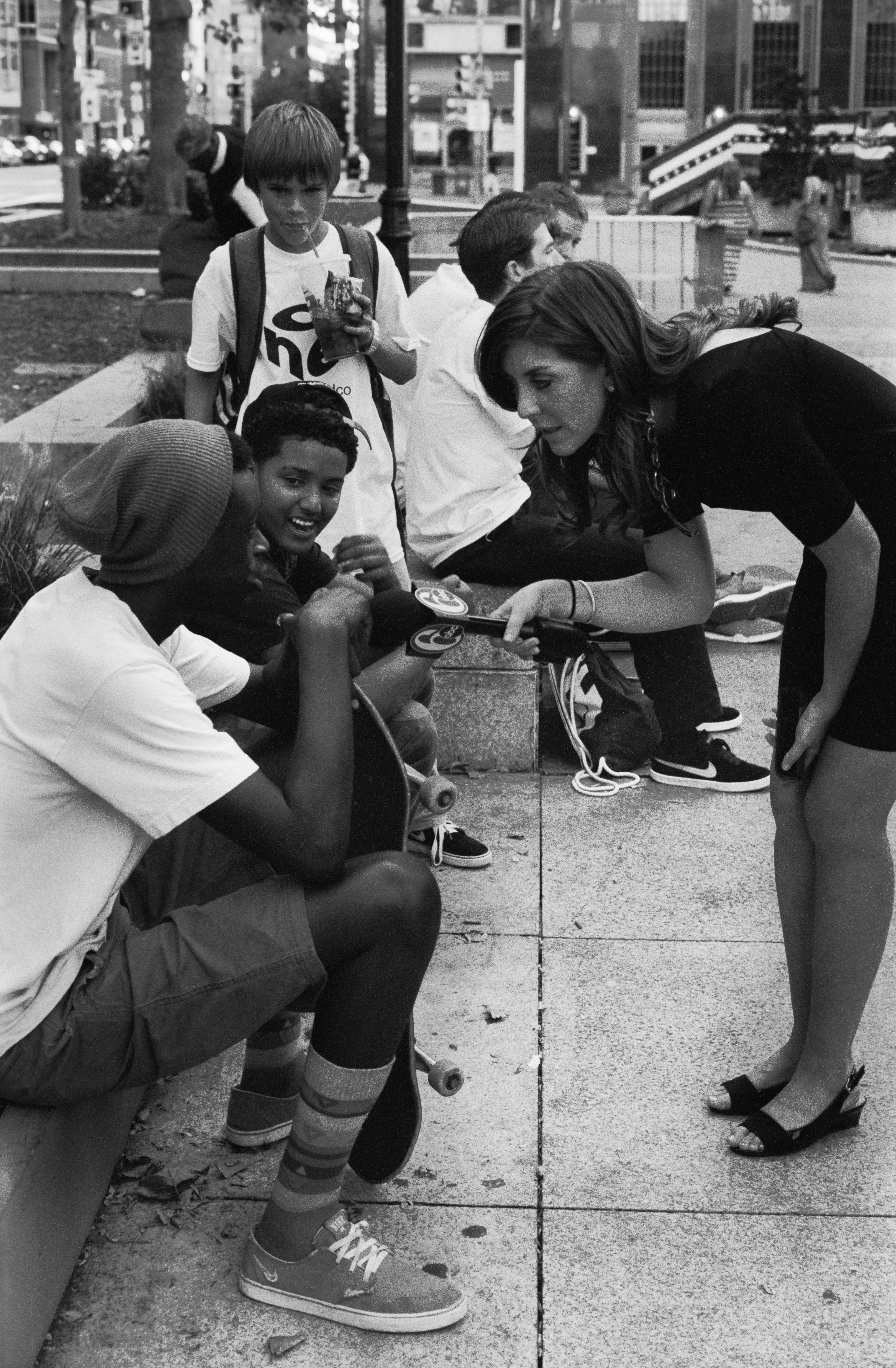
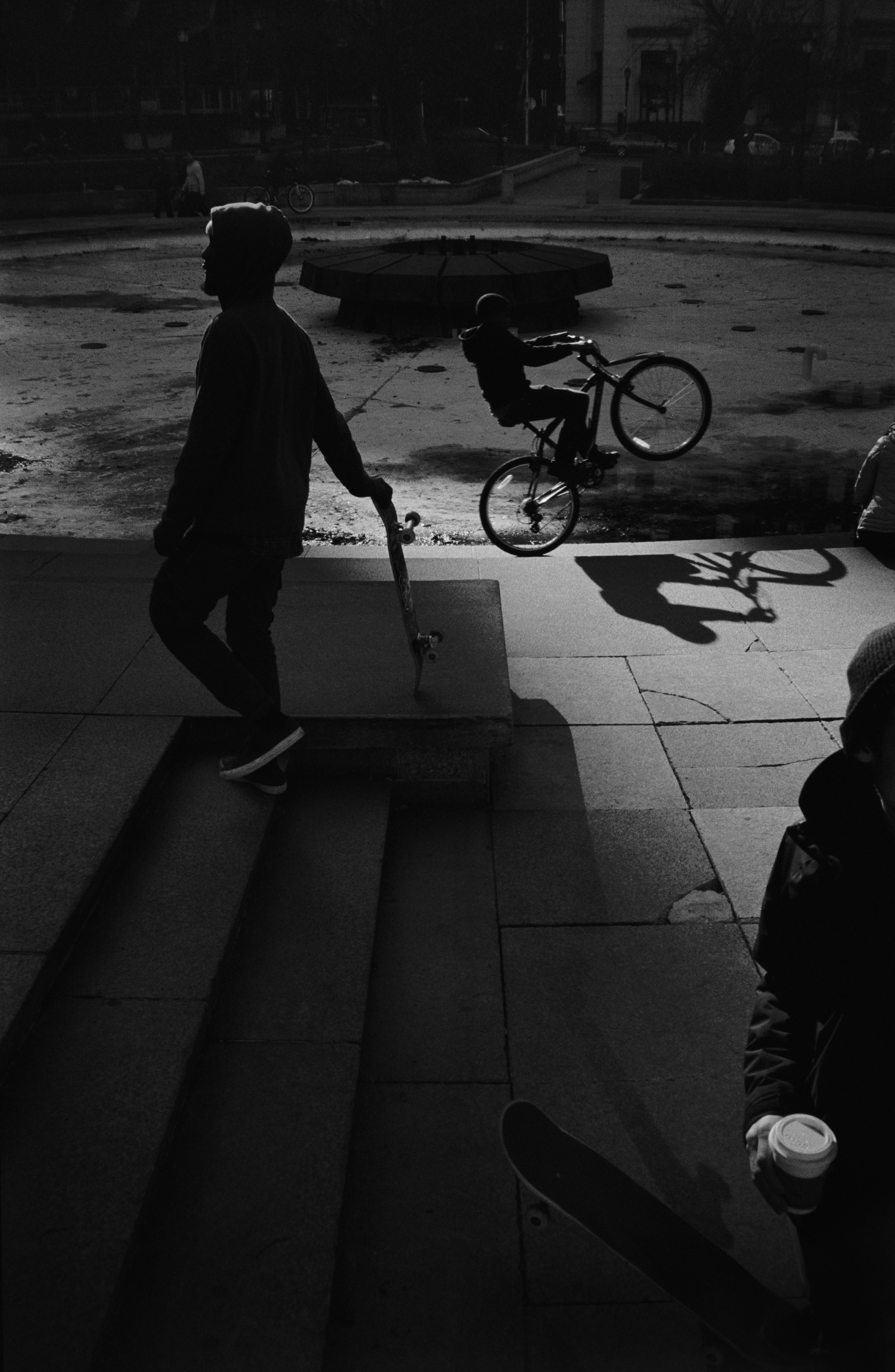
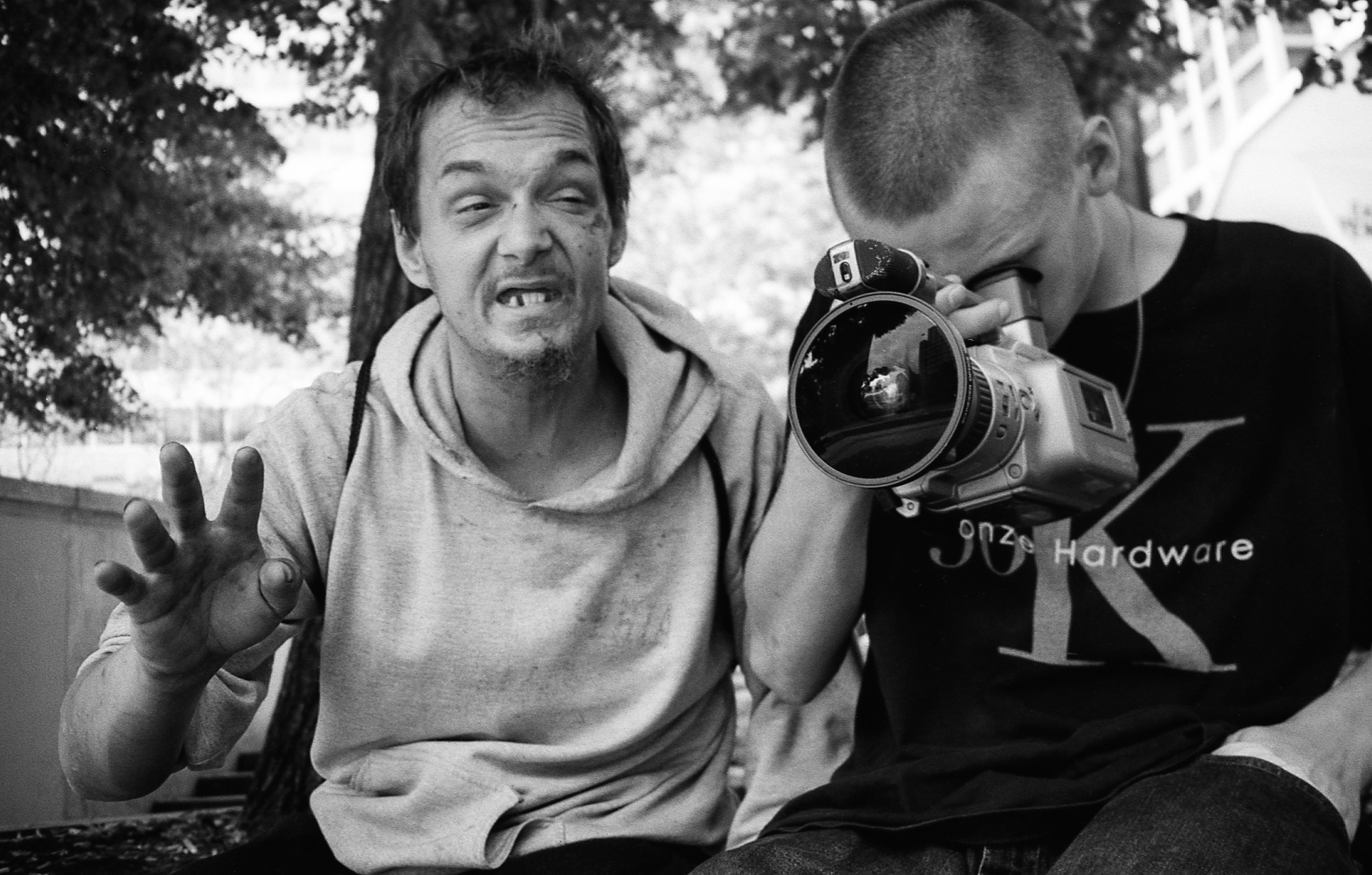
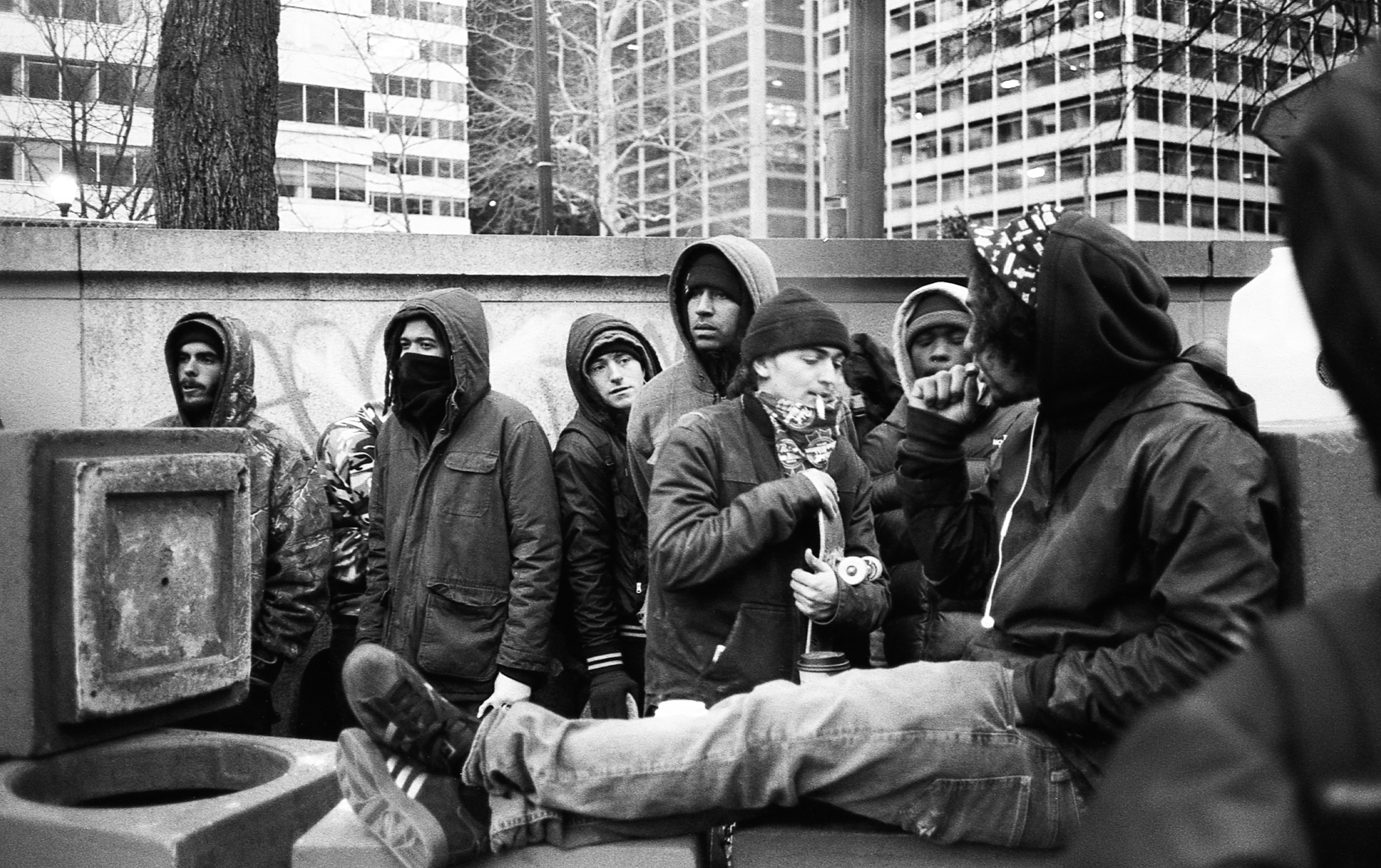
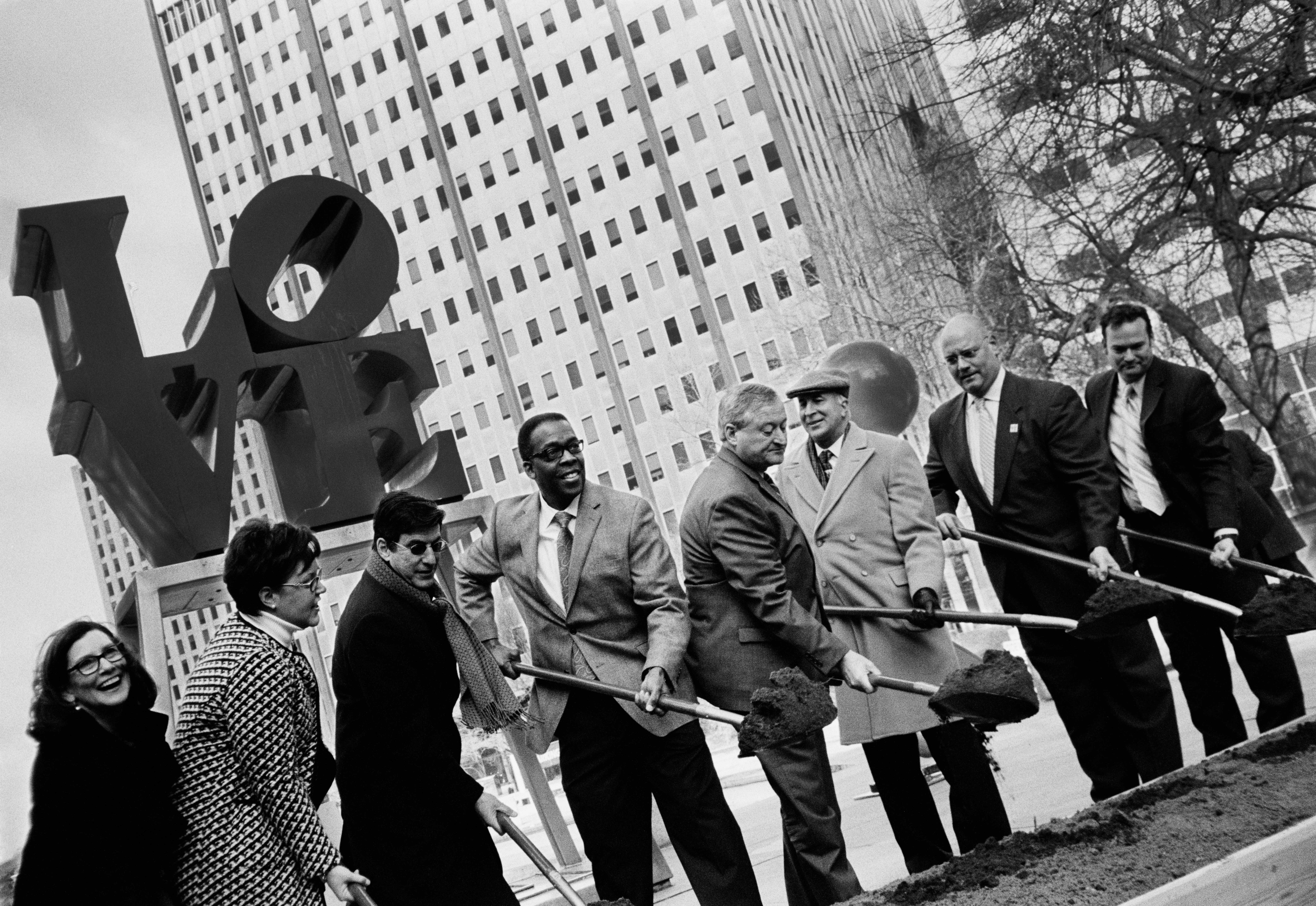
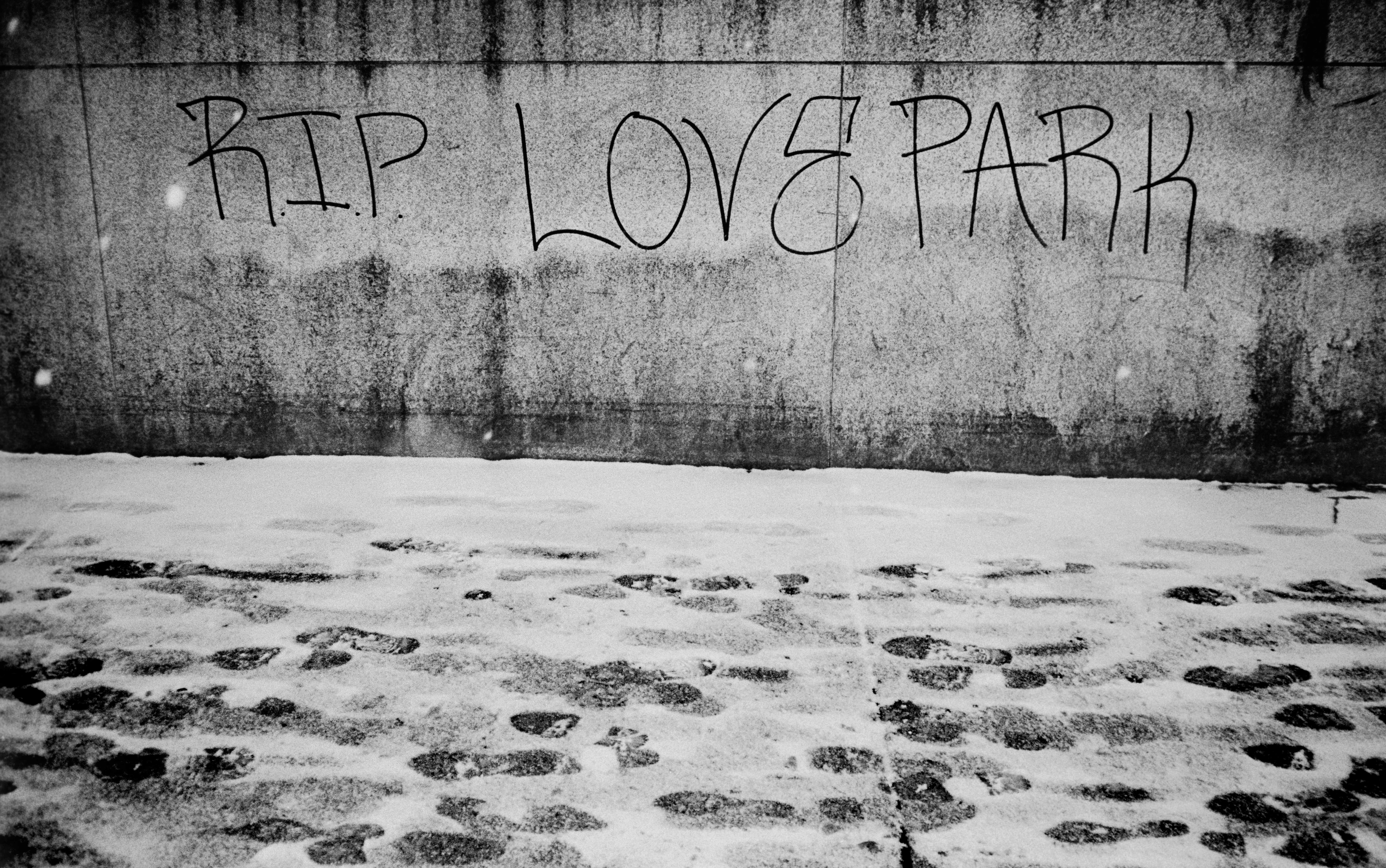
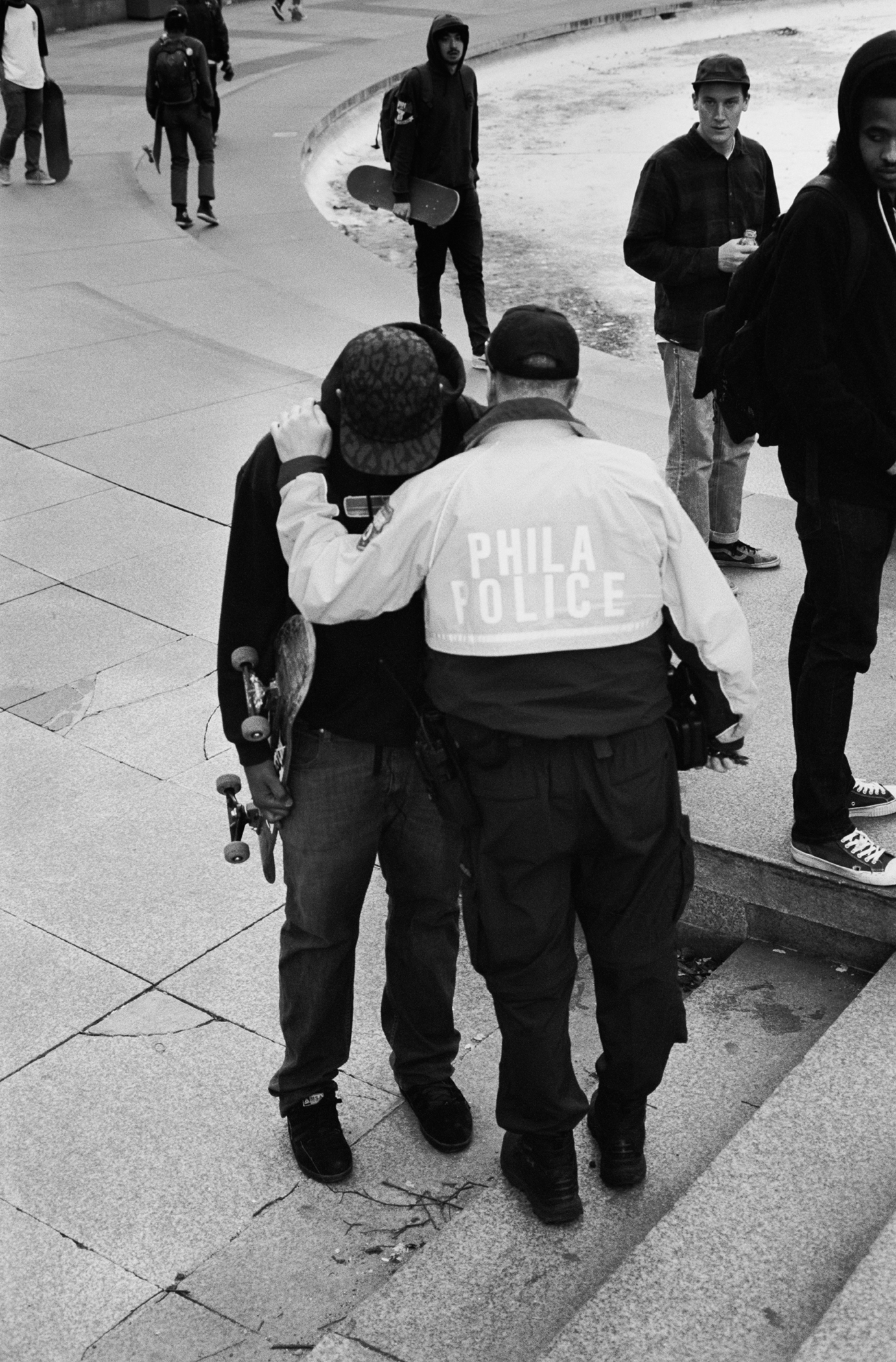
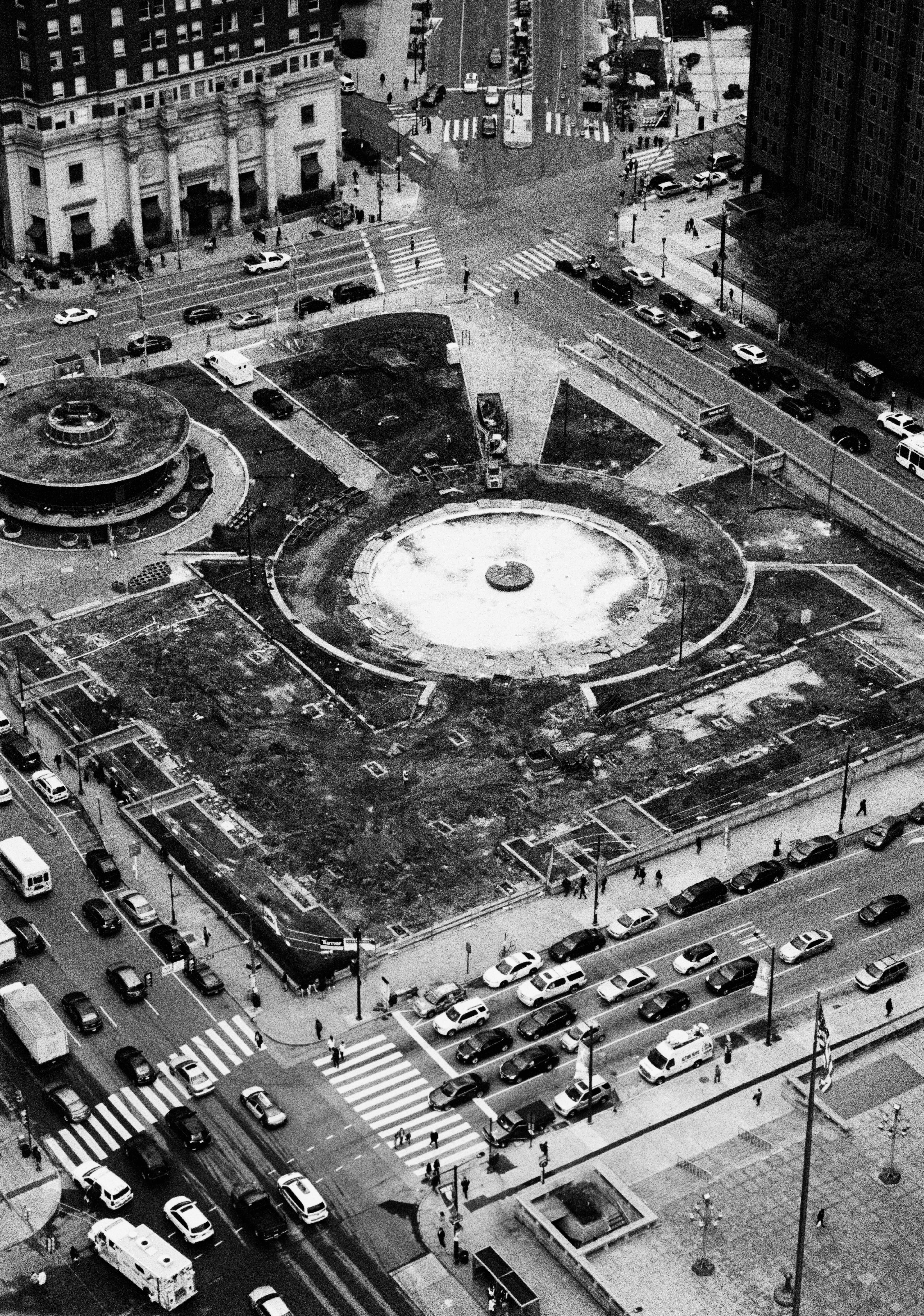

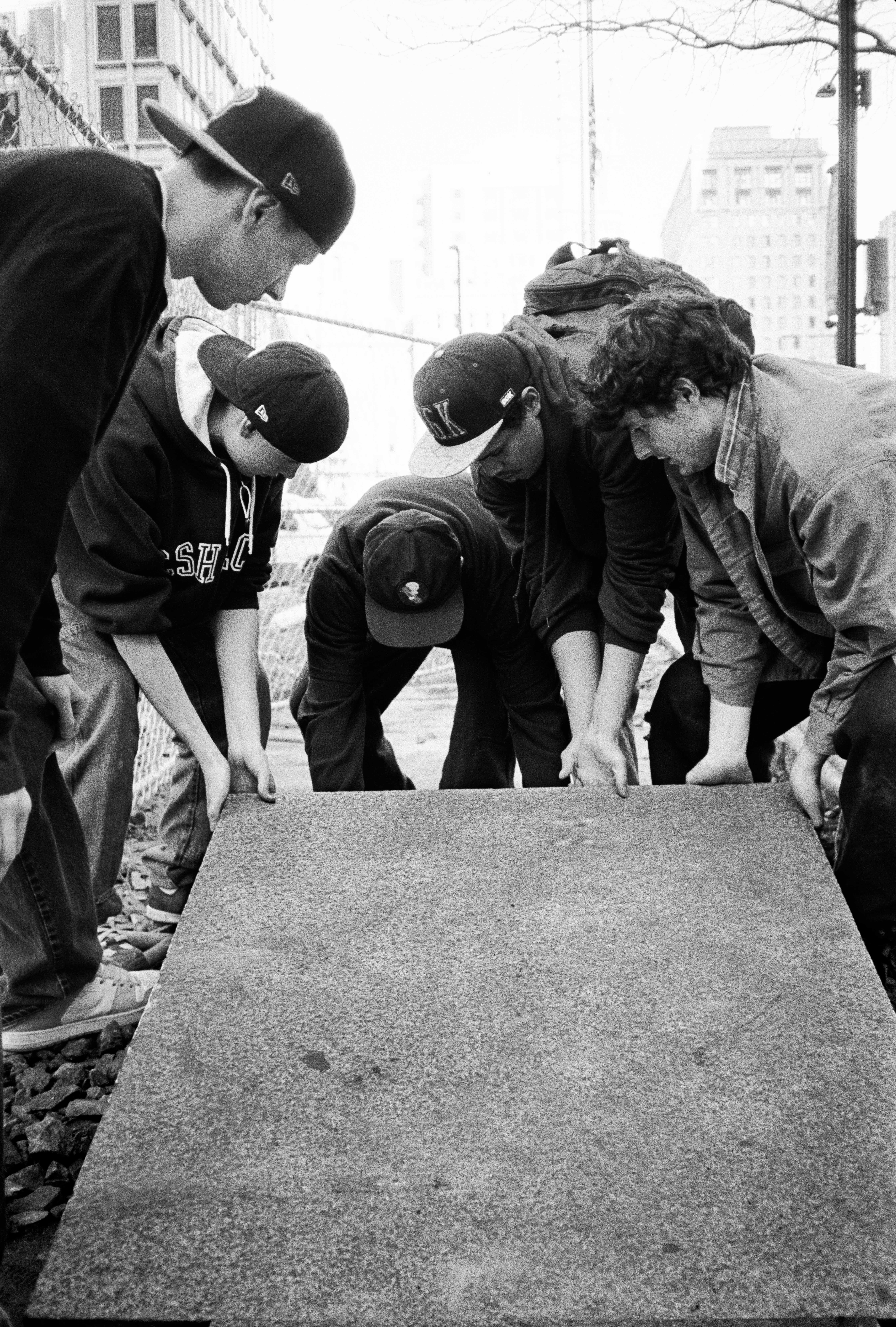

This interview has been edited for length and clarity.
Jonathan Rentschler lives in Philadelphia and posts to his Instagram account @eurojon.




